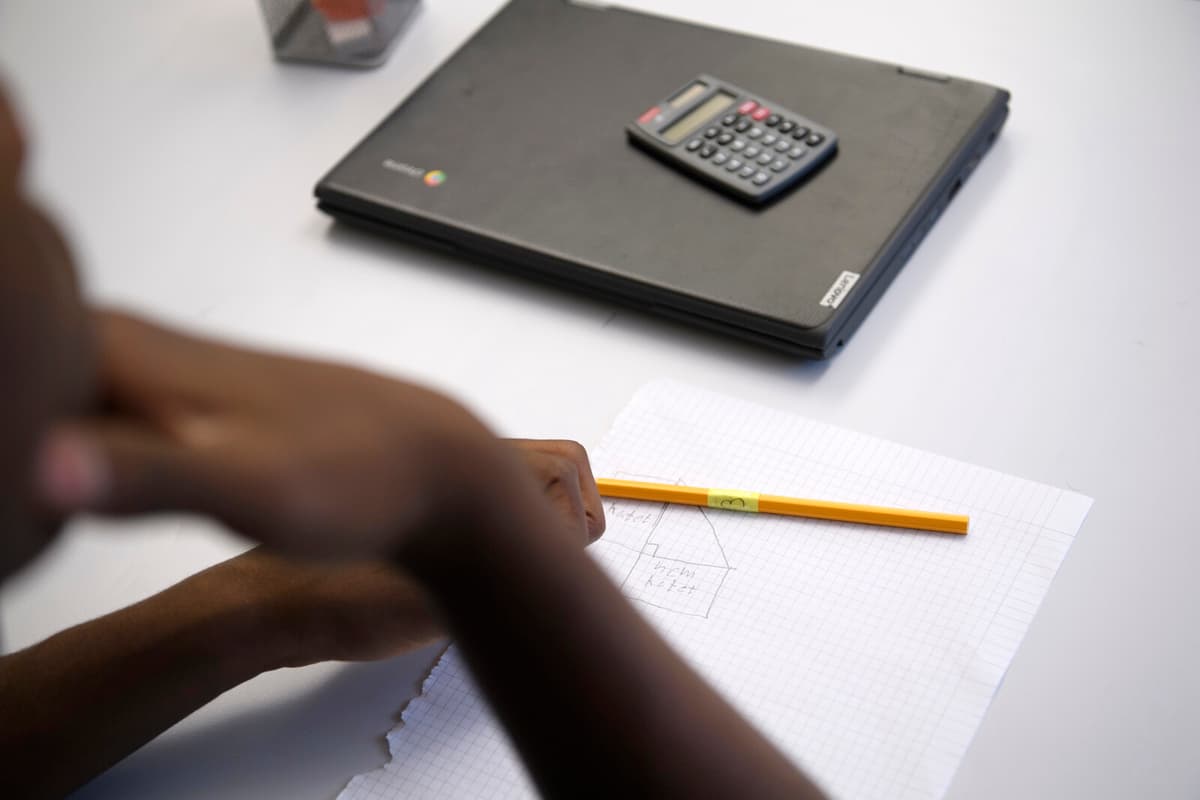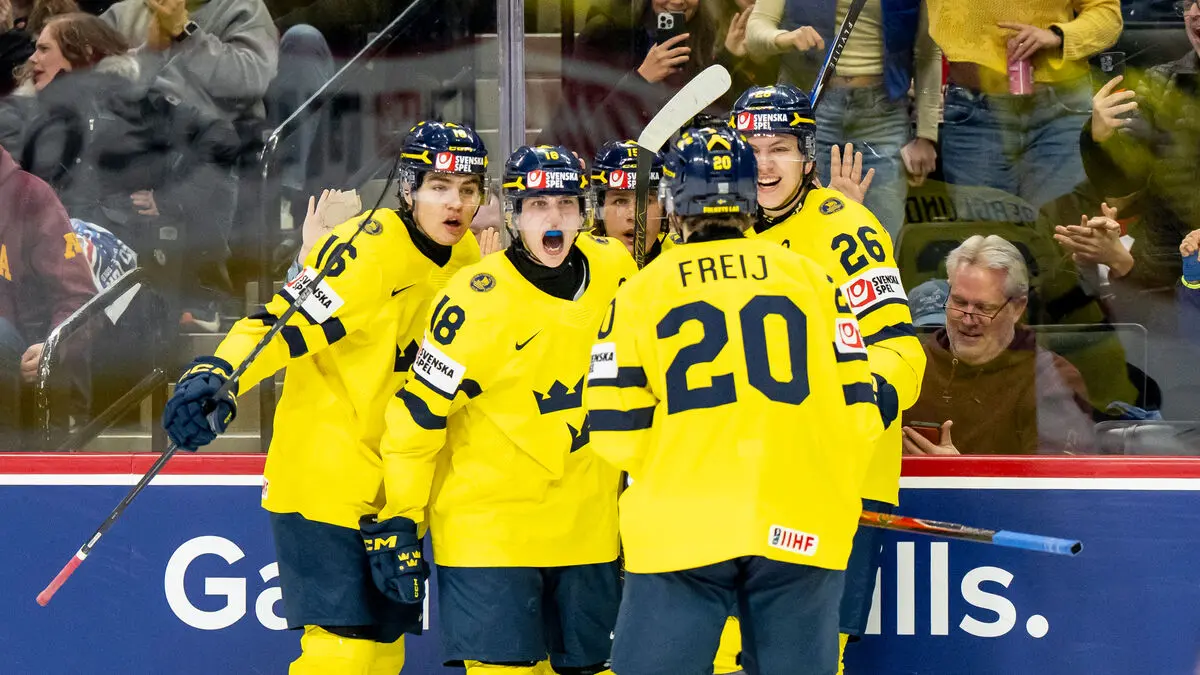The Swedish National Agency for Education's statistics show a negative trend. The proportion of unqualified students for a national program in upper secondary school increased by 1.5 percentage points compared to last year.
On the other hand, the proportion of qualified students decreased from 85.2 percent last year to 83.7 this year.
Anna Castberg, head of department at the Swedish National Agency for Education, does not want to draw too many conclusions from the results from one year to another, especially since the development of grades does not always reflect the development of knowledge.
But with that said, this is a relatively large decrease. And what the Swedish National Agency for Education sees as serious is that fewer students are moving on to the national programs in upper secondary school. We know that this is a risk factor, referring to an increased risk of later unemployment and social exclusion, she says.
Mathematics is the greatest challenge
It is primarily the subject of mathematics that is causing problems for students. Compared to last year, the proportion of students who received the grade F or no grade in the subject has increased by 1.9 percentage points to 12.8 percent. This means that more than 15,600 ninth-grade students left primary school in the spring without a passing grade in mathematics.
We need to mobilize around mathematics education in Sweden. We need to ensure that we have good quality teaching in all schools and we need to have a common focus on the subject of mathematics, says Anna Castberg.
She points out that students' difficulties in mathematics often do not show up until late.
Many who have F in mathematics in sixth grade also have it in ninth grade. Therefore, it is so important that students receive support early on.
Parents' education
The statistics also show that students' family background is still strongly linked to school results. More than 91 percent of students with highly educated parents are qualified for upper secondary school, compared to 73 percent of students with parents who have at most upper secondary education. This difference between groups is the largest measured in the last ten-year period.
On the other hand, the difference between girls and boys regarding qualification for upper secondary school has decreased. However, the proportion of qualified girls is still higher.
Looking at the principal, the proportion of unqualified students in municipal schools has increased more than in independent schools.
To be qualified for a national program in upper secondary school, a student must have a passing grade (A-E) in English, mathematics, and Swedish or Swedish as a second language, as well as in at least five other subjects.
For qualification to a vocational program, the above applies, i.e., passing grades in at least eight subjects.
For qualification to a preparatory program for higher education, qualification in more subjects is required, a total of at least twelve.
For those who do not meet the qualification requirements, a place is offered on an introductory program.
Source: The Swedish National Agency for Education






